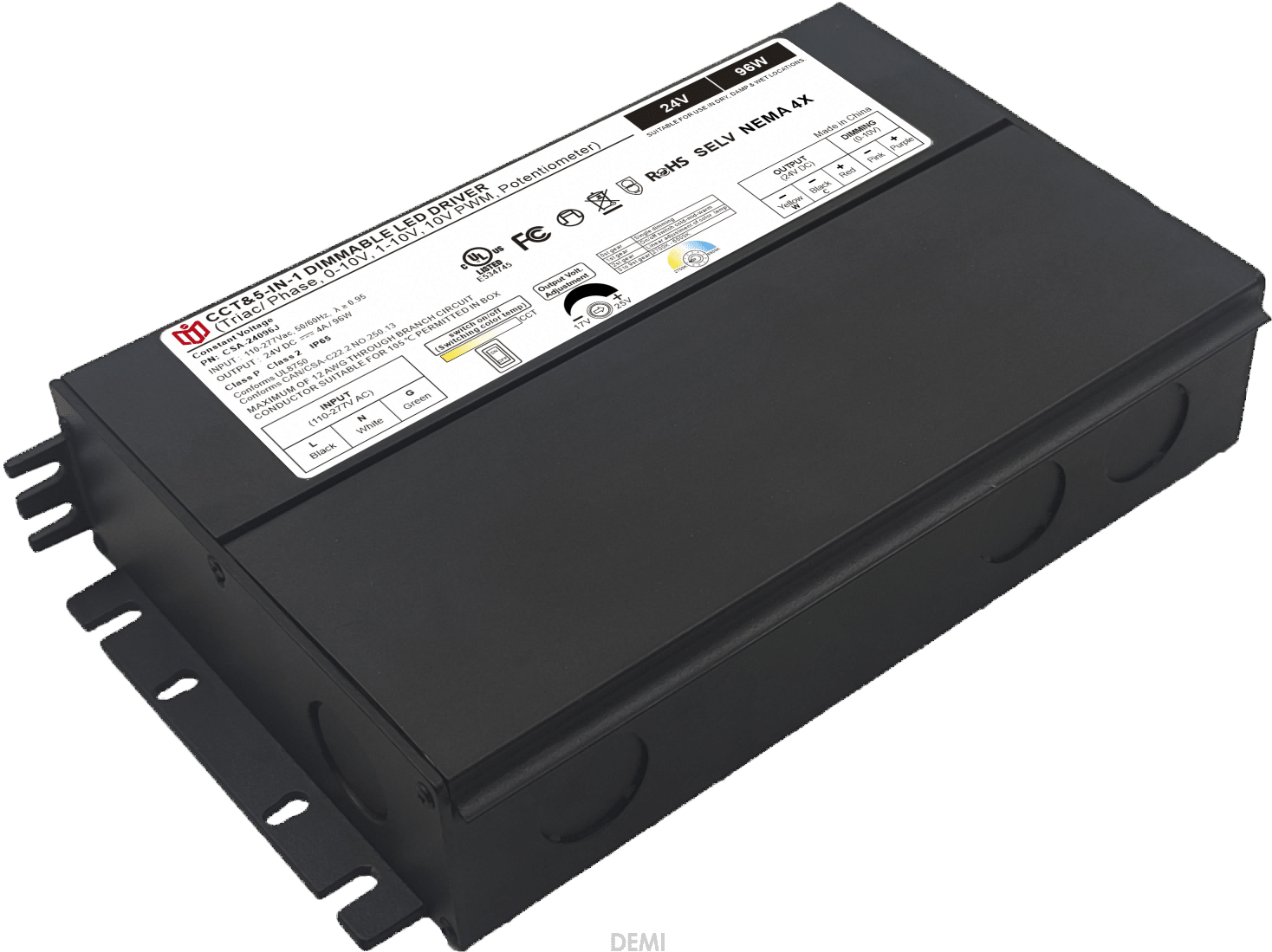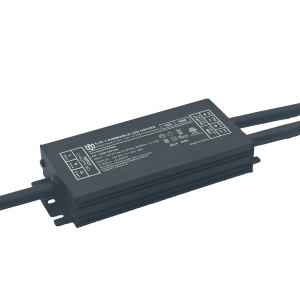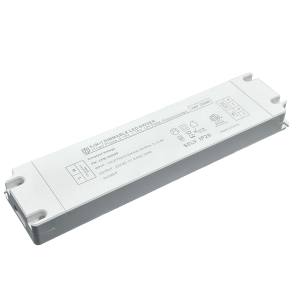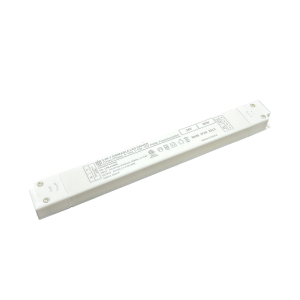Market Trends for Triac Dimming Drivers: Technological Innovation Leading Industry Development
The evolution of lighting control systems has reached a critical inflection point with triac dimming drivers emerging as central protagonists in modern electrical infrastructure. These compact yet powerful devices now dominate discussions about intelligent energy management across both residential and commercial sectors. Their ability to seamlessly integrate legacy bulb types with next-generation LED technologies makes them indispensable bridge components in today’s hybrid lighting environments.
Market momentum reveals fascinating patterns – shipment volumes have surged by 27% annually over three years according to recent supply chain analyses. This growth stems from dual pressures: regulatory mandates pushing for carbon neutrality alongside consumer demands for customizable ambient experiences. Manufacturers respond by engineering solutions that reduce harmonic distortions below THD<5% thresholds while maintaining backward compatibility with existing architectural installations dating back decades.
Technological breakthroughs define current R&D trajectories. Silicon carbide semiconductor adoption enables thermal stability exceeding traditional silicon-based designs by 40%, directly translating to longer lifespans (now averaging 50k hours MTBF). Parallel developments in microcontroller firmware allow dynamic load sensing algorithms capable of auto-adjusting cutoff levels based on real-time circuit analysis. Such intelligence eliminates flickering issues historically plaguing phase-cut systems when paired with non-standard fixtures.
Smart home ecosystem convergence represents another frontier. Leading protocols like Zigbee 3.0 and Matter now natively support triac driver communication modules, creating unified interfaces between wall switches, voice assistants, and mobile apps. Field tests demonstrate successful implementation across mixed portfolios containing incandescent retrofits, halogen downlights, and full-spectrum grow lights – all managed through single user interfaces with sub-second response times.
Sustainability metrics tell compelling stories too. Laboratory simulations confirm up to 18% additional energy savings when optimized triac profiles replace conventional leading-edge phase controls in municipal streetlight networks. Case studies from European cities show maintenance cost reductions reaching €12/unit annually after upgrading public space installations with self-diagnostic capable drivers featuring remote monitoring capabilities.
Looking forward, industry analysts project CAGR exceeding 9% through 2030 fueled by three converging forces: mandatory building codes requiring circuit-level power factor correction (>0.95 becoming standard), proliferation of human-centric circadian rhythm lighting designs needing precise color temperature transitions, and escalating demand for plug-and-play retrofit solutions avoiding wholesystem replacements. Early adopters already leverage modular designs allowing field updates via OTA firmware patches – effectively futureproofing investments against evolving standards landscapes.
Emerging challenges include standardizing communication protocols across geographical regions where legacy AC frequencies differ (50Hz vs 60Hz systems require distinct tuning parameters). However, cross-vendor consortiums are actively developing universal profiles enabling interoperability without sacrificing performance benchmarks. As neural processing units become cost-effective additions to mainstream products, predictive maintenance alerts based on usage pattern analytics will likely become baseline expectations rather than premium features within five years.

 A New Benchmark in Energy Sav
A New Benchmark in Energy Sav
 The Future Outlook for Triac
The Future Outlook for Triac
 The Application Advantages of
The Application Advantages of
 Innovative Design + Outstandi
Innovative Design + Outstandi
